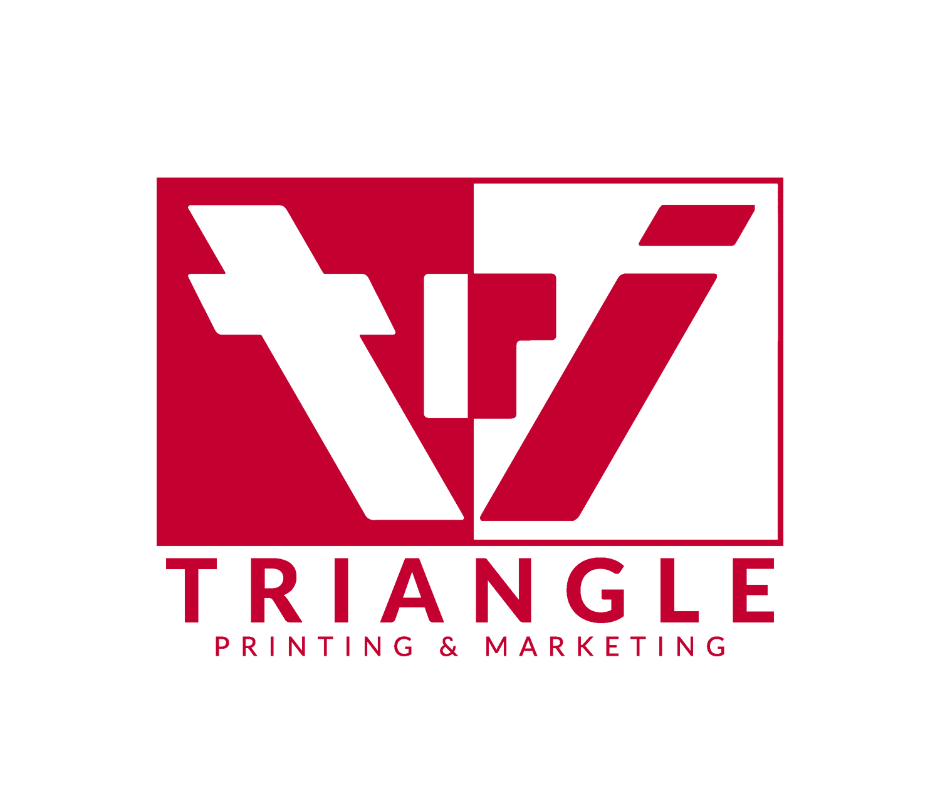Print Marketing in the Digital Age: Integrating Print with Your Online Presence for Maximum Impact
Print Marketing in the Digital Age: Integrating Print with Your Online Presence for Maximum Impact
In today's digital landscape, print marketing is, at times, overlooked. However, seasoned marketers recognize the power of merging print with their online strategies. This synergy allows businesses to craft unified marketing campaigns, effectively engaging customers across various platforms while driving conversions. The art of seamlessly integrating print into your online presence has been broken down into 4 strategies below.
Consistent Branding Across Channels
One of the keys to successful integration is maintaining consistent branding across both print and digital channels. Ensure that your printed materials, such as brochures, business cards, and direct mail pieces, reflect the same visual identity as your website, social media profiles, and email campaigns. Consistent branding helps to reinforce your brand message and creates a cohesive experience for customers.
Use QR Codes and Personalized URLs
QR codes and personalized URLs (PURLs) are powerful tools for bridging the gap between print and digital marketing. By including QR codes on printed materials or directing recipients to personalized landing pages via PURLs, you can connect your print campaigns to online content. This allows customers to easily access additional information, special offers, or interactive experiences, driving engagement and encouraging further interaction with your brand online.
Drive Traffic to Your Website and Social Media
Printed materials can be an effective way to drive traffic to your website and social media profiles. Include prominent calls-to-action (CTAs) on your printed materials. This encourages recipients to visit your website, follow you on social media, or sign up for your email list. You can also promote specific online content, such as blog posts, videos, or special offers, to incentivize customers to engage with your brand online.
Track and Measure Results
One of the advantages of digital marketing is the ability to track and measure results in real-time. To effectively integrate print with your online presence, use tracking tools such as custom URLs, QR code analytics, and campaign tracking parameters to monitor the performance of your print campaigns. Track metrics such as website visits, social media engagement, and conversions to gauge the effectiveness of your integrated marketing efforts and make data-driven decisions for future campaigns.
Print marketing remains a valuable tool for reaching and engaging customers in the digital age. By integrating print with your online presence, you can create cohesive marketing campaigns that drive traffic, generate leads, and ultimately, maximize the impact of your marketing efforts. If you’re in search of ideas or have questions about how you can implement print into your next marketing campaign, please contact us at Triangle Printing and Marketing. We are happy to help you! The body content of your post goes here. To edit this text, click on it and delete this default text and start typing your own or paste your own from a different source.



